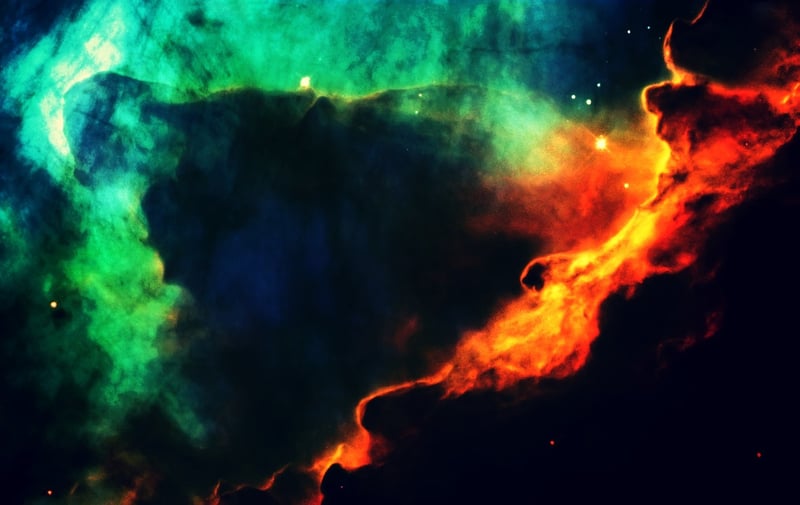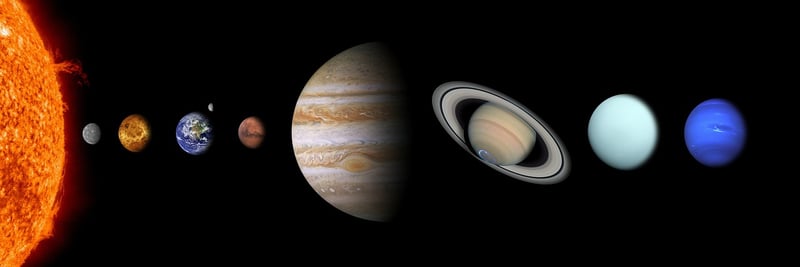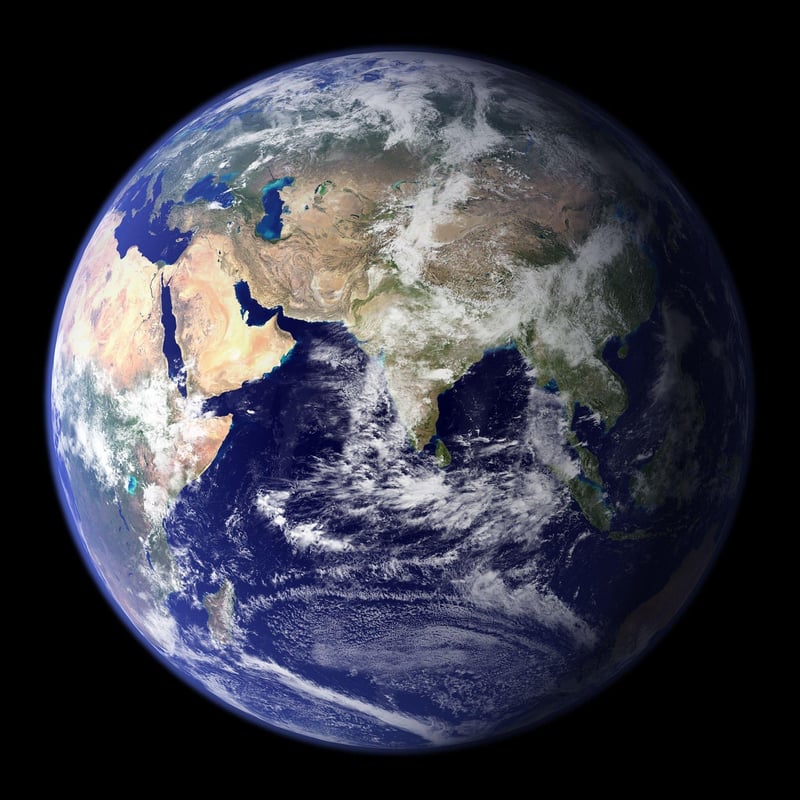Planet Formation
Exploring Stellar Birth and Planet Formation
Stellar birth and planet formation are awe-inspiring phenomena that occur in the vastness of space, shaping the universe as we know it. From the birth of stars to the creation of planets, these processes offer a glimpse into the intricate workings of the cosmos.
Stellar Birth
Stars are born from massive clouds of dust and gas, known as nebulae. Within these nebulae, gravity pulls the material together, creating dense regions called protostars. As the protostar continues to accrete matter, nuclear fusion ignites, and a star is born. This spectacular process illuminates the surrounding space, giving birth to a new celestial body.

Planet Formation
Planets form in protoplanetary disks, swirling disks of gas and dust surrounding young stars. Within these disks, particles collide and stick together, gradually growing in size. Over millions of years, these particles evolve into planetesimals and eventually planets. Each planet carries a unique history of its formation, influenced by its location in the protoplanetary disk.

Exploration and Discovery
Scientists study stellar birth and planet formation using telescopes, space probes, and computer simulations. By observing distant nebulae and exoplanetary systems, researchers unravel the mysteries of these processes and gain insights into the origins of our solar system and the diversity of planetary systems across the cosmos.
To delve deeper into the wonders of stellar birth and planet formation, explore the latest research published in astronomical journals and attend public lectures and exhibitions hosted by observatories and space agencies.
Embark on a journey through space and time to witness the birth of stars and the formation of planets, marveling at the beauty and complexity of the universe.
